Beagles are lively, friendly, & wonderful companions for families.

Beagle Spotlight
- Originally bred as a hunting companion leading to a highly curious nature
- Very happy, sociable dogs that do well around other pets and children
- Somewhat challenging to train but good for a laugh
- Energetic and requires a moderate amount of exercise
- Tendency to overeat, so watch their diet
- They come in 2 sizes, be sure to ask your breeder
- They can 'bay' excessively, be sure to understand the problems with this!
History
The earliest history of beagles appears to be undocumented and unknown. However, accounts of similarly sized dogs used for hunting in Greece in the fifth century BCE lead researchers to believe these are early ancestors of the beagle. Records from the eighth century indicate a scent hound called the St. Hubert Hound. This dog led to the creation of the Talbot Hound that was brought to England in the eleventh century by William the Conqueror. People tried to use the dog for hunting but found it was actually fairly slow. In an attempt to make the dog quicker, people possibly bred the dogs with greyhounds, which were found to be a faster breed.
The first beagles were called Pocket Beagles as they only stood at eight to nine inches tall and could actually fit in someone’s pocket. The dogs did well until the eighteenth century when hunting began to grow in popularity. It was during the eighteenth century that two new breeds of hound emerged. These were called the Southern Hound and the North Country Beagle. In order to develop a dog appropriate for fox hunting, which was ever increasing in popularity, these dogs were bred with larger dogs such as Stag Hounds. This led to the creation of the Foxhound.
In 1840 the standard Beagle was developed along with four varieties: the Medium Beagle, Dwarf or Lapdog Beagle, Fox Beagle, and Rough-Coated or Terrier Beagle. However, many hunters preferred larger dogs to be their companions. In 1901 the Pocket Beagle went extinct. In 1887, only eighteen packs of Beagles still remained in England. Luckily some Beagle lovers strived to maintain the breed and The Beagle Club was founded in 1890 and the Association of Masters of Harriers and Beagles was founded in 1891. Together, these two groups helped to increase the number of Beagle packs all the way to forty-four by the year 1902.
A man named Richard Rowett from Illinois was one of the first people to import Beagles into the United States from England in the early 1870s. It is believed that these dogs are the ones that led to the first American standard Beagles. Breeding of the dogs was successful and the AKC recognized Beagles as a breed in 1884. It was in the twentieth century that beagles became popular in America both for hunting and for household pets. Since their registry with the AKC, the Beagle has ranked in the top 10 most popular breeds every year.
Personality and Temperament
As happy-go-lucky dogs, the Beagle could be considered to have a sense of humor. They are extremely loyal to their families. Due to their breeding as such they make a good hunting companion still to this day. However, as they have a tendency to follow their nose, they can wander off or get into trouble. Because they were bred to hunt in packs, the Beagle is a highly sociable dog and benefits from the company of other dogs and people. They are very good around children and can be left alone.
When it comes to training, Beagles are a bit of a challenge. They can be naughty and follow their own instincts rather than their owner’s commands. They can learn temporary obedience, but they are independent and will often get distracted or lose interest.
Appearance and Grooming
Beagles are small but solid dogs. The have a medium-length head with long, floppy ears. Generally beagles don’t have very many wrinkles. Their fur is quite short. The traditional color of beagles, preferred in shows with non-specialist judges, is the tricolor. However, many different colorings do exist. In fact, there are fourteen different combinations of three colors: black, white, and tan.
- Tricolor: The stereotypical beagle color. Solid patches of black, white, and tan.
- Two Colors: Very popular in Britain. White with some tan (varying from light to dark). Black and white can occur but is not very common.
- Single Color: It is possible to find an entirely white Beagle. Most often in this case the dog does have very pale patches of tan.
- Pied: Similar to tricolor, but the patches of the three colors are not distinct.
- Mottle: A tricolor or two colored beagle with flecks, referred to as mottles, of black and tan spots on the white patches.
While the Beagle is easy to groom, they are known to shed and should be brushed regularly with either a hound glove or a shedding tool. Their nails should also be trimmed regularly. Because their ears are long and hang down, they can retain moisture and so should be checked frequently for wax buildup and debris. The AKC recommends a weekly grooming for Beagles.
Health
There are some conditions common to the Beagle breed. However, they are conditions are treatable by a veterinarian. Life expectancy of a beagle is from twelve to fifteen years.
- Obesity - Overeating in Beagles is a big issue due to their willingness to eat just about anything.
- Epilepsy - This neurological disorder causes dogs to have recurring seizures that may cause a loss of consciousness.
- Allergies - Irritating and itchy skin as well as loss of hair can be signs of skin allergies. Also coughing or digestive issues can be a result of food allergies.
- Cherry Eye - This is a “prolapse of the gland of the third eyelid.” A bright red “ball” of skin sticks out of the side of the eyelid. It is not extremely harmful and so getting rid of the cherry eye is mostly for cosmetic reasons.
- Hypothyroidism - This condition causes the thyroid to produce less of the hormones necessary for metabolism.
Exercise and Care
It is recommended that Beagles be fed based on their individual dietary needs. Working with a vet and/or breeder can help determine what a specific dog should be eating. It important to note that dietary needs change as a dog gets older. If choosing food based on the size of dog, go for a small breed formula.
Beagles need a moderate amount of exercise. They are extremely easygoing but they are very curious and clever as well. They love to play. It is necessary that they receive a high amount of socialization. A Beagle can do well indoors and in apartments as long as they are provided long walks daily. Do, however, keep a Beagle on a leash in order to keep it from running off.
Clubs & Associations
National clubs and associations are given below. These sites offer further information and breed standards for the Beagle.
Rescue & Adoption
Rescues and adoptions agencies are very important. Many times owners breed their dogs & sell them without vetting the owners. These dogs often will end up unwanted and abandoned sitting in rescues and the pound. If this is your first time as a dog owner, consider adopting a rescue Beagle. A few of the organizations below will offer help in that direction:
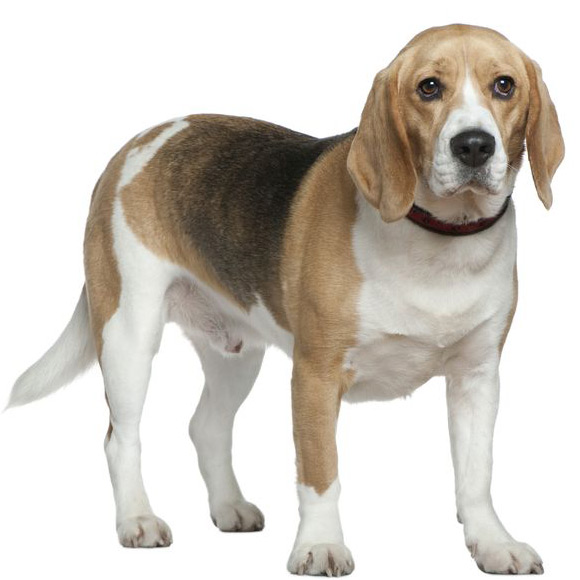
 England
England
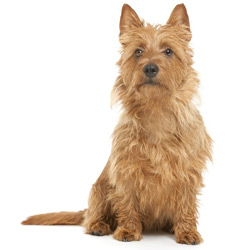
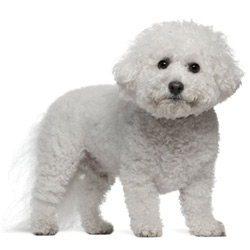
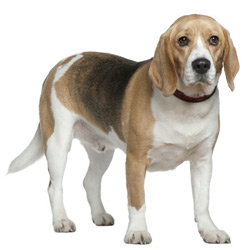
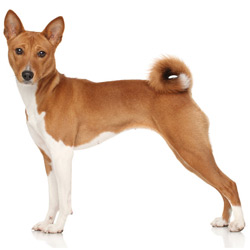
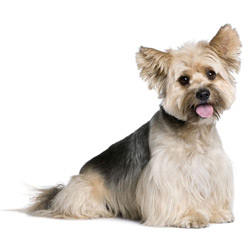
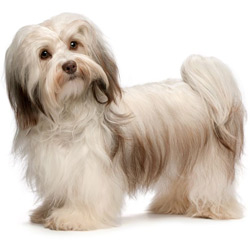
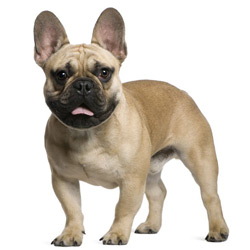
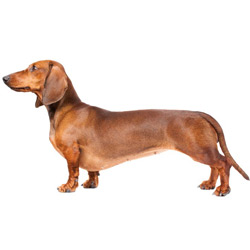
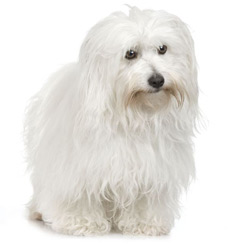
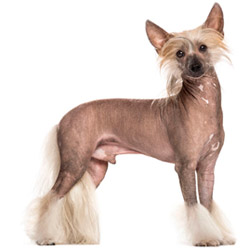
What do you think?